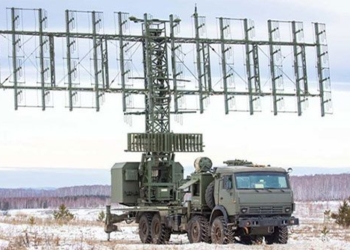When talking about combat divers or frogmen, most people will immediately think of the Navy SEALs, the U.S. Navy’s elite team that carries out special military operations.
However, SEALs are not the only ones performing combat diving missions. There is a very small military force, with most individuals trained specifically and having undergone what is known as the Combat Diver Qualification Course (CDQC).
This course is considered the most grueling in the U.S. military and is increasingly emphasized as wars are shifting from ground combat in the Middle East to various other terrain types.
The Gathering Place of “Monsters”
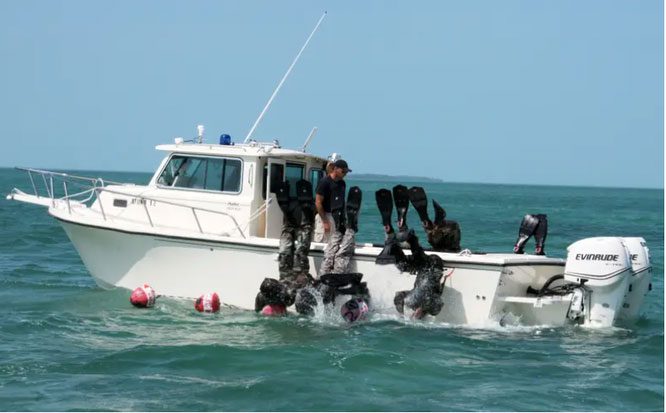
Students dive to swim at a depth of 3,000 meters in outdoor waters during the CDQC course.
Established in the 1960s, the Combat Diver Qualification Course (CDQC) typically takes place in Key West, Florida, USA.
A critical requirement of the course is the ability to adapt to current or future threats, and it has undergone many variations. The course usually lasts between four to six weeks, and only a select few are chosen to attend.
“The majority of students attending CDQC are special operations personnel from the Green Berets, Special Mission Units, Rangers, and sometimes soldiers from infantry and reconnaissance units may also participate,” shared a retired Green Beret who was an instructor for the course.
The course is divided into two phases.
In the first phase, students will focus on physical training, becoming familiar with equipment, and teamwork. Next, students are paired up and will become “buddies.”
The first phase concludes with stressful testing events in the pool. Instructors will assess flexibility, proficiency, and adherence to procedures to ensure that students can self-rescue or assist their buddy in various situations.
Students must also pass standard tests: swimming 50 meters underwater, retrieving a 9 kg object from the bottom of the pool, and performing a submerged treading water exercise for two minutes.
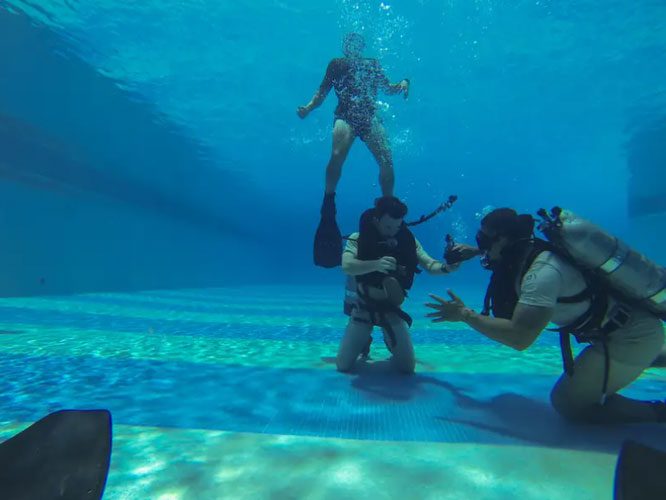
CDQC students practice with open-circuit SCUBA equipment.
In addition to practical exercises, students must also demonstrate excellence in academics.
“Academic classes include subjects such as diving physics, dangerous marine life, diving physiology, diving injuries, and decompression, which are taught and tested. Students also learn how to use equipment like open-circuit SCUBA rebreathers to conduct search dives, hull dives, and deep-water dives,” a retired member of a Special Mission Unit stated.
Students are also educated on decompression procedures and protocols. Decompression while diving refers to the phenomenon of pressure reduction when ascending from depths. Improper decompression procedures can lead to paralysis or even death as dissolved gases form bubbles within body tissues.
The second phase includes the tactical aspects of combat diving. Specifically, it focuses on using the Mark 25 Draeger oxygen rebreather, a closed-circuit underwater breathing device that does not produce bubbles, allowing operators to swim undetected.
Students also conduct several underwater dives to hone navigation skills and work with small boats and aircraft, such as helicopters.
The course concludes with a comprehensive mission profile that includes aerial insertion and diving in a closed system.
The Most Grueling Course in the U.S. Military
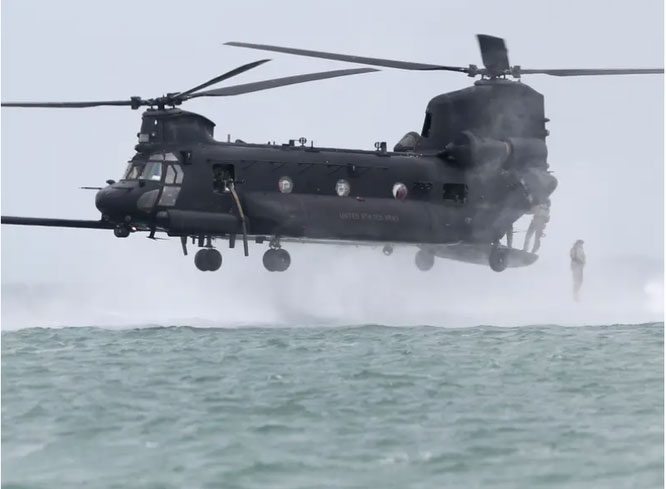
A student jumps out of an MH-47 helicopter during CDQC training on February 21, 2020.
Many members of the U.S. special operations community often agree that CDQC is the toughest course.
All course candidates must undergo a pre-selection process. Many of those selected may not complete the course successfully or may drop out; however, the majority are later assigned to a special operations unit.
“The difficulty of the course is measured in three different ways. The most important is the ability to adapt in a water environment when faced with stressful situations. This is an aspect that students cannot fully prepare for until they attend the course,” shared a former CDQC instructor anonymously.
“Physical fitness is assessed and emphasized throughout the course, making it one of the most challenging in the military. Thirdly, students’ learning ability is monitored and tested throughout the course.”
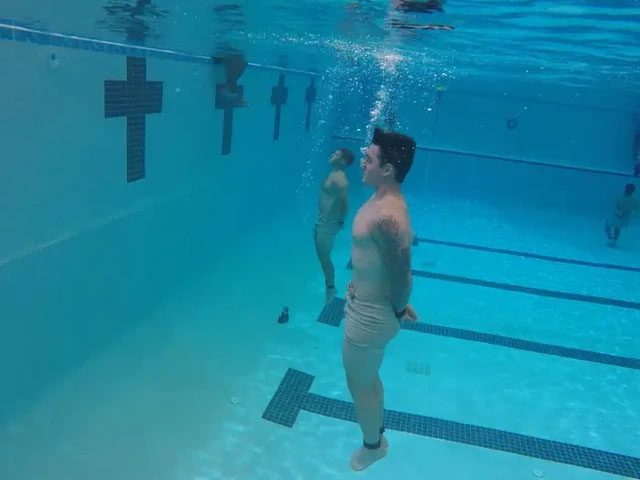
A student performing an underwater swim while bound by hands and feet.
Besides the level of endurance, CDQC is also very dangerous.
The course has strict safety precautions, but fatalities have occurred. Two members of a Special Mission Unit died while attending the course at the end of 2021.
If they succeed, graduates will receive the prestigious Combat Diver badge and rejoin their unit. In the case of Green Berets, they will join a combat diving team within the Special Mission Unit.
A recent cadet made history by becoming the first female service member to graduate from the course and become a combat diver.
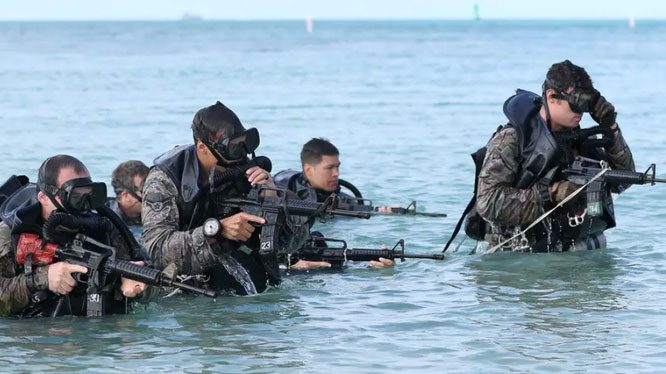
CDQC students surface after swimming 1,000 meters.
The reputation of the U.S. military’s combat diver community has often been somewhat muted. They have also been underutilized over the past two decades, as combat divers were rarely needed in wars in the Middle East.
However, as competition between the U.S. and peer powers like China and Russia increases, combat divers may be called upon more frequently to leverage their skills in waters across Europe, Asia, and worldwide.








































